Introduction: High heat safety is crucial for triply cookware.
Cooking with triply cookware on high heat offers many advantages, such as faster cooking times and improved heat distribution. However, it also requires specific safety precautions to avoid accidents, protect the cookware, and ensure optimal cooking performance. Let’s explore the necessary safety measures to take when using triply cookware on high heat.
Using triply cookware on high heat requires careful attention to prevent burns, damage, and loss of cooking quality. Consumers should follow essential safety precautions, including monitoring temperatures, using heat-resistant tools, and avoiding sudden temperature changes.
Now, let’s dive into the key safety practices when cooking on high heat.
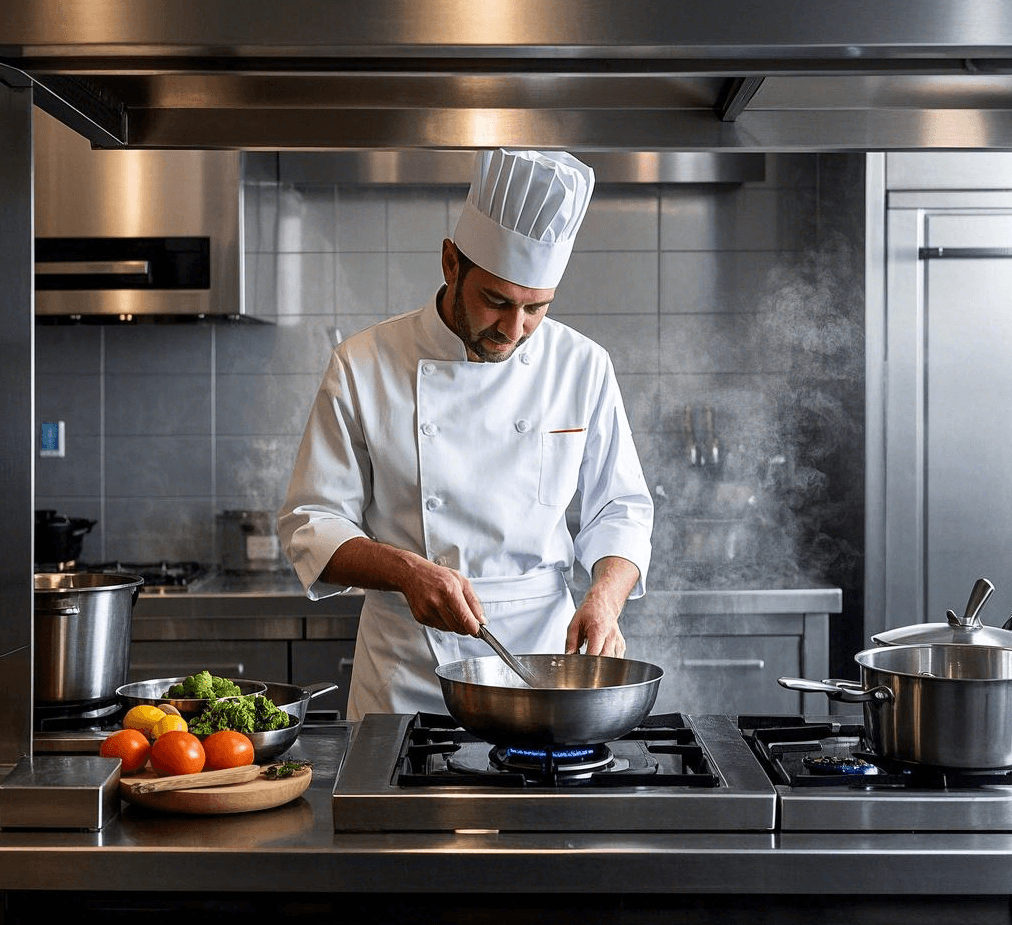
How Can Consumers Prevent Overheating Their Triply Cookware?
Overheating triply cookware can lead to potential damage and safety hazards, such as warping or burning food. Here’s how to prevent this:
• Use Medium to Low Heat Initially: Triply cookware, especially those with an aluminum core, heats up quickly. Start with medium heat and gradually increase it to prevent overheating. Using the cookware on excessively high heat can cause the surface to warp over time.
• Monitor Cooking Temperatures: Always keep an eye on the temperature, especially when cooking with oils or liquids that may burn at high temperatures. Some triply cookware comes with temperature indicators or markings that show safe heat ranges.
• Avoid Empty Cooking: Never use triply cookware on high heat with nothing inside. Heating an empty pan, especially over high heat, can cause the cookware to overheat and potentially warp or discolor. Always ensure there is some content in the cookware to distribute the heat.
Monitoring the temperature and avoiding overheating helps maintain cookware longevity and safety during high-heat cooking.
What Type of Utensils Should Be Used to Prevent Damage?
When cooking at high temperatures, using the right utensils is essential to avoid scratching or damaging the surface of the cookware.
• Avoid Metal Utensils: Metal utensils, such as spoons, spatulas, or forks, can scratch the surface of triply cookware, especially if it has a non-stick or polished finish. Instead, use wooden, silicone, or plastic utensils that are gentle on the surface but still durable enough to stir or flip food.
• Use Proper Cookware for Stirring or Flipping: For heavy-duty tasks like flipping meat or stirring thick sauces, use tools that are specifically designed for high-heat cooking, such as stainless steel spatulas or silicone tongs, to avoid excessive wear and tear on the cookware.
Using non-metal utensils ensures that the cooking surface remains scratch-free, preserving the cookware’s appearance and performance.
How Can Consumers Avoid Temperature Shocks and Warping?
Triply cookware is designed to withstand high heat, but sudden temperature changes can lead to warping or damage.
• Avoid Sudden Temperature Changes: Do not place hot triply cookware directly under cold water, as this can cause the metal to contract rapidly and result in warping. Instead, allow the cookware to cool naturally before cleaning or submerging it in water.
• Gradual Heating and Cooling: When cooking, avoid transitioning from high heat to very low heat or cold temperatures. The temperature shock can lead to structural damage over time. Always reduce heat gradually if you’re transitioning to a lower cooking temperature.
Preventing sudden temperature shifts helps preserve the integrity and shape of your cookware, ensuring it lasts longer.
Why Should Consumers Always Use Oven Mitts or Potholders?
Handles of triply cookware can become extremely hot when cooking on high heat, so it’s important to use protective gear:
• Heat-Resistant Gloves or Oven Mitts: Always use oven mitts or heat-resistant gloves when handling triply cookware, especially when it is removed from the stove or oven. Even if the handles are designed to resist heat, they can still become dangerously hot when cooking on high heat.
• Ensure Proper Grip: When using oven mitts, make sure the grip is secure and firm. A loose grip can lead to accidents, especially with heavier cookware. Using mitts with silicone or rubberized surfaces provides better traction and prevents slipping.
Using oven mitts and potholders ensures that your hands are protected from burns when handling hot cookware.
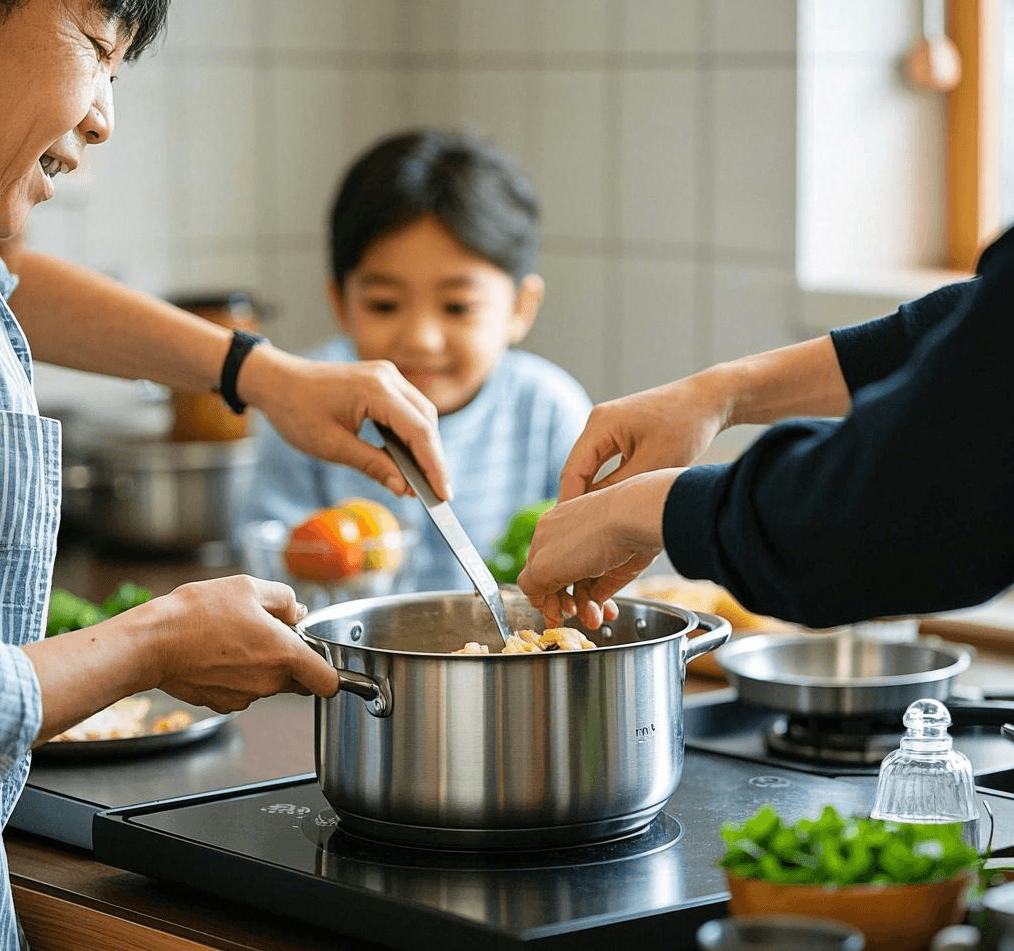
How Does Proper Ventilation Prevent Safety Hazards?
Proper ventilation is key when using triply cookware on high heat, especially for dishes that release steam, smoke, or odors.
• Ensure Proper Air Circulation: Cooking at high temperatures can generate steam and odors, which can cause discomfort or even set off smoke alarms. Always ensure that your kitchen is well-ventilated. Open windows, turn on exhaust fans, or use an air purifier if necessary.
• Lid Ventilation: If using a lid with your triply cookware, make sure the lid has a vent or small hole to release excess steam. This will prevent the buildup of pressure and allow for a safer cooking environment.
Good ventilation reduces the risk of excessive steam and smoke buildup, keeping the cooking environment safe and comfortable.
Claim: Safety Precautions Ensure Safe Cooking on High Heat with Triply Cookware
By following these safety precautions, consumers can enjoy the benefits of high-heat cooking with triply cookware while avoiding potential risks. Monitoring temperature, using heat-resistant utensils, and practicing careful handling of the cookware are crucial for maintaining safety and cookware longevity.
Conclusion: Ensuring Safe and Effective Cooking with Triply Cookware
In my experience, taking simple precautions when cooking with triply cookware on high heat makes a significant difference in both safety and the cookware’s performance. By avoiding overheating, using proper utensils, and ensuring adequate ventilation, I can enjoy the full potential of my cookware without any concerns. These practices not only protect the cookware but also make high-heat cooking safer and more enjoyable.



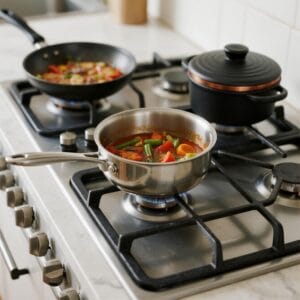
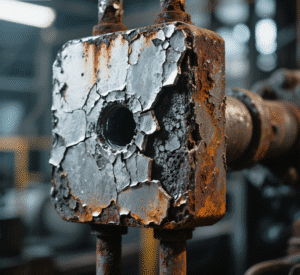
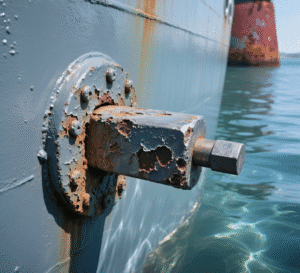

2 Responses